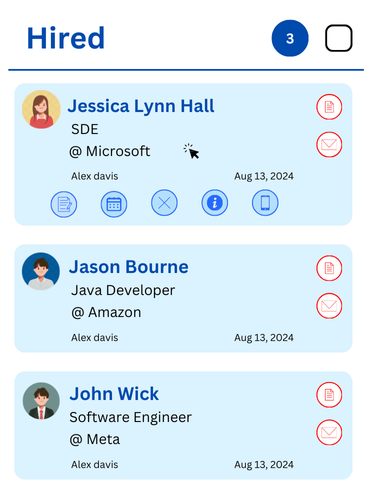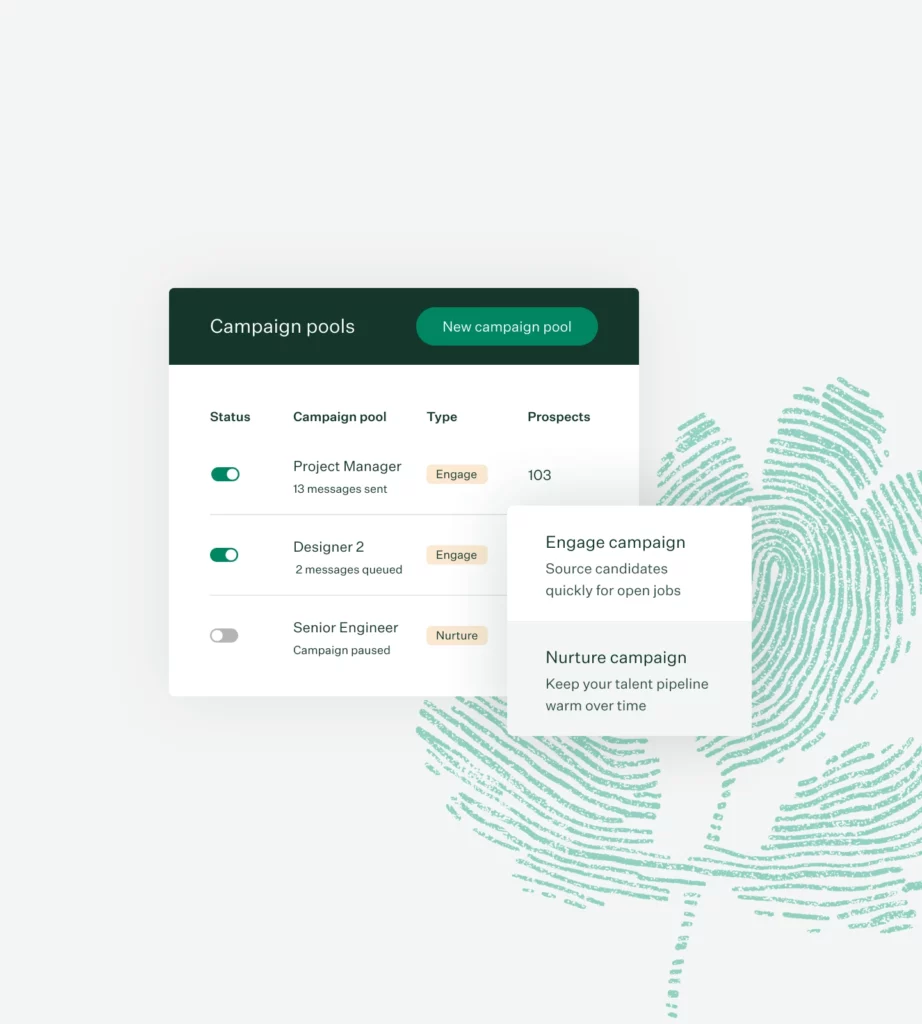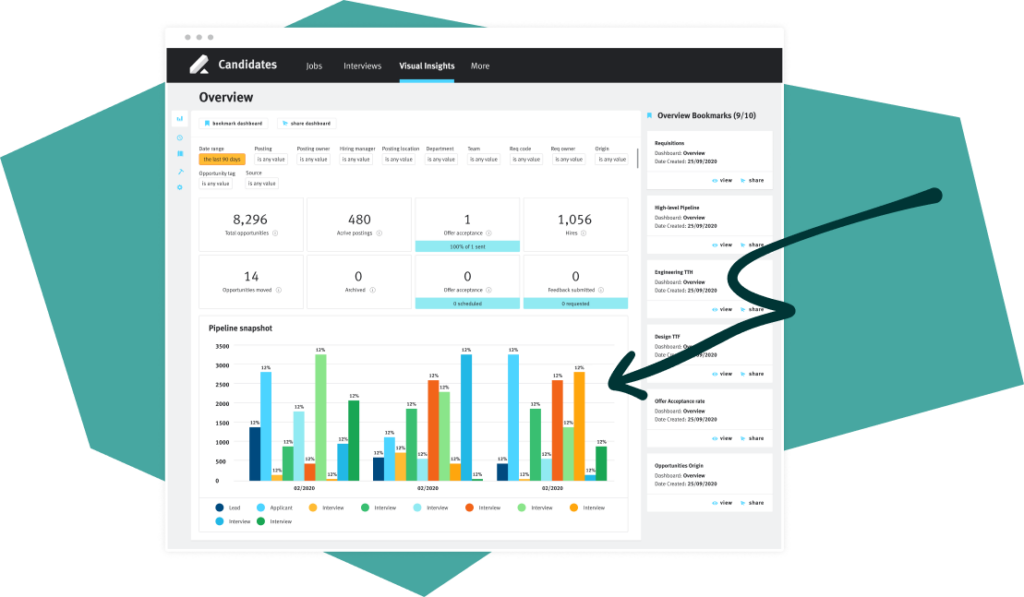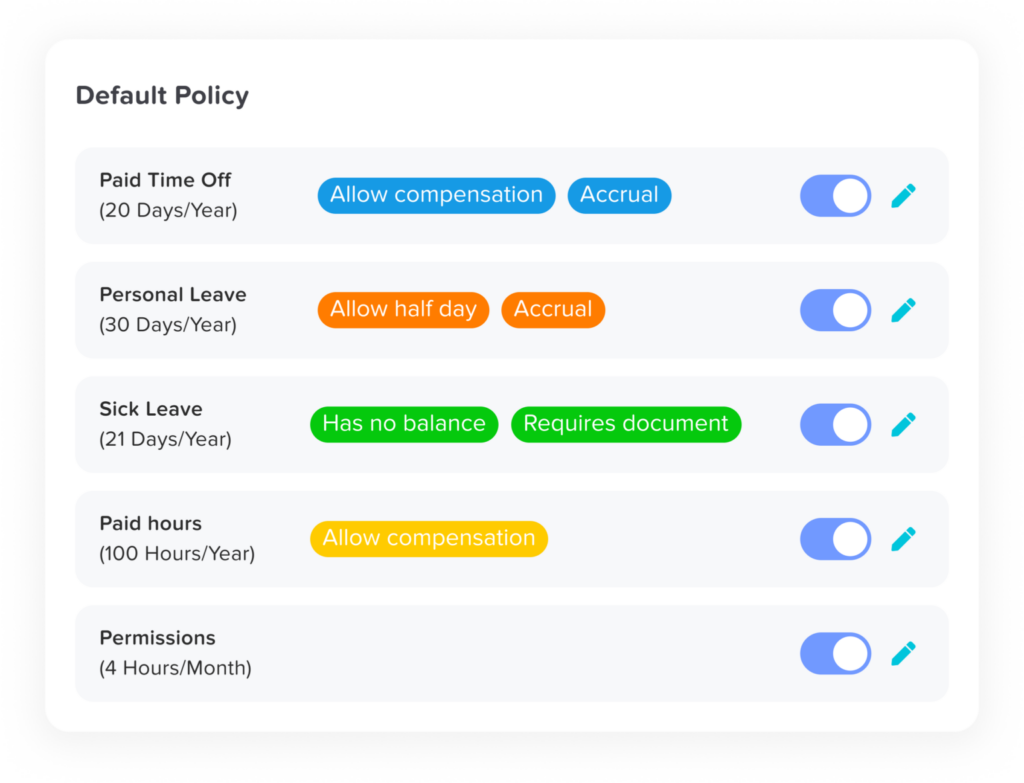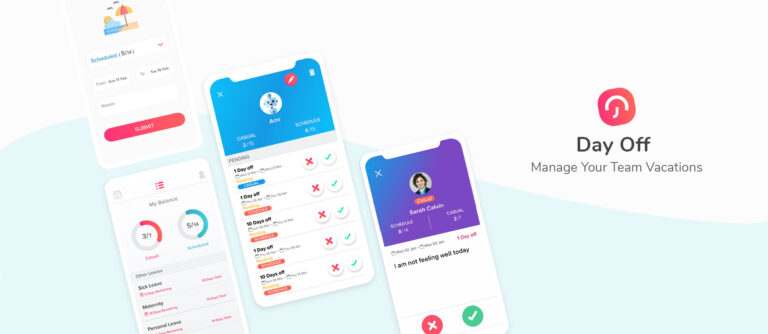The search for the right candidate is somewhat similar to gold mining. You must find the right place, work for weeks, and closely watch tons of sand and gravel in order not to miss a shining treasure. However, if the search process lasts too long, it’s a vivid sign that something goes wrong. A slow and unorganized recruitment process pushes great candidates away and fills positions with the wrong people. You need a strategy that attracts the best talent, moves them through all stages smoothly, and results in long-term hires.
Main Stages of the Recruitment Journey
An efficient hiring process can be a long and complex procedure that requires much effort and dedication not only from candidates but also from the representatives of the company. The more structured and clear it is, the likelier it is that you find a perfect match for your open roles. Here are the main steps a recruiter should follow:
- Define the requirements. Write a job description that clearly explains what responsibilities an employee will have. A person should know what the role involves before they apply. Vague formulations like “perform a variety of interesting tasks” scare people away.
- Use various sources. Use job boards, referrals, social media, and company websites to reach the strongest applicants. Keep in touch with past candidates who impressed you in previous interviews via email or LinkedIn.
- Screen resumes. Instead of filtering applications manually, consider using automated tools and AI to define top matches. Pre-screening questions can help you sort out unqualified candidates.
- Conduct interviews. Structure your questions to assess a person’s technical skills and personality. A great applicant on paper may not always fit the team culture. Besides, you can check whether everything the person has mentioned in their CV is true.
- Check references. Contact the candidate’s past employers not just to confirm experience but to learn about work ethic and their ability to collaborate.
- Make a job offer. Once you have found your perfect candidate, don’t hesitate to discuss the employment with them. Use a recruitment agreement template to draft a professional offer. Add all the details of your cooperation: responsibilities, schedule, salary, bonuses, vacation, and the date of the first working day. Use reliable legal platforms like Lawrina.org to find legal templates to be sure the document you send to a future employee is well-structured and professional.
- Onboard the new hire. The first working day is very important because it gives a newcomer a general understanding of general processes and the atmosphere in the company. Therefore, the task of a recruiter is to prepare everything before the employee arrives: have their email, system access, and workspace ready.
Steps to Organize Effective Recruitment Process
If, after a long time, you still cannot find the right person for a position, small adjustments to your working approach can help. These tips will give you ideas on how to improve the recruitment process.
1. Forget perfect, look for potential
A long list of strict job requirements can push great candidates away. Instead of focusing only on experience, think about adaptability and willingness to learn. Some of the best hires come from unexpected backgrounds.
- Drop unnecessary degree requirements.
- Hire people who love to solve problems. Skills can be learned, but drive and creativity set candidates apart.
- Give “underdogs” a chance. Candidates who return from career breaks or switch industries often bring valuable skills.
2. Write job descriptions that excite, not just inform
A list of duties does not inspire applications. People want to know why they should work for you.
- Highlight opportunities. Candidates care about career development, so describe how they can grow in the role.
- Be transparent about salary and benefits. If the candidate’s expectations and the company’s opportunities do not meet, it’s better to discover it at once.
3. Communicate, not interrogate
A job interview should help both sides understand if they are the right fit. Candidates also evaluate you, so make the recruitment process welcoming.
- Start with an icebreaker question. “If you could work on any project, big or small, what would it be?” is a good way to let a person speak about themself.
- Ask how they would handle situations that happen in the role.
- Let them ask their own questions. You learn a lot by seeing what they care about.
4. Build a talent pipeline instead of starting from zero every time
Instead of searching from scratch with every new vacancy, keep strong past candidates in mind.
- Maintain a list of impressive applicants. Even if you have not hired them before, they might fit a future role.
- Stay in touch through LinkedIn or other social media.
- Ask current employees for referrals.
5. Show candidates that your company values them
People want to feel respected throughout the hiring process. A bad candidate experience can hurt your brand reputation.
- Give clear timelines for updates. Do not make people feel like you ghost them.
- Send post-interview feedback. Even a short message gives a person a hint they are not forgotten.
- If an interview starts late or drags on for hours, it affects how they see your company.
6. Hire for team chemistry, not just skills
A technically strong candidate who does not work well with others can disrupt the team.
- Look how well a person fits into the company’s culture.
- Avoid bringing in someone with a huge ego. An expert who refuses to listen can cause more harm than good.
- Consider group interviews to see how a candidate interacts with a team.
7. Surprise candidates with small personal touches
A simple gesture can make your company stand out in their memory.
- Mention something personal. If a person talks about a passion or hobby, bring it up in follow-ups to show you listened.
- Deliver a small welcome package for new hires. A company-branded notebook or handwritten note can create a great first impression.
8. Use rejection as a positive experience
Not every candidate will get the job, but the hiring process should still leave them with a good impression.
- A brief explanation of why they were not chosen helps them in future applications.
- Stay in touch with promising candidates.
- Encourage unsuccessful candidates to apply again, as they may be a better match for a different position later.
A positive experience helps people feel valued, even if they do not receive an offer. This improves your company’s reputation and attracts stronger applicants in the future.
Conclusion
Recruiting the right talent requires effort, but the game is worth it. Better job descriptions, well-structured interviews, and meaningful, sincere communication with candidates are the keys to how to improve the hiring process. They allow you to reduce time-to-fill, attract better applicants, and create a positive hiring experience. Apply these tips to your next job search to build a team that really strengthens your company.



